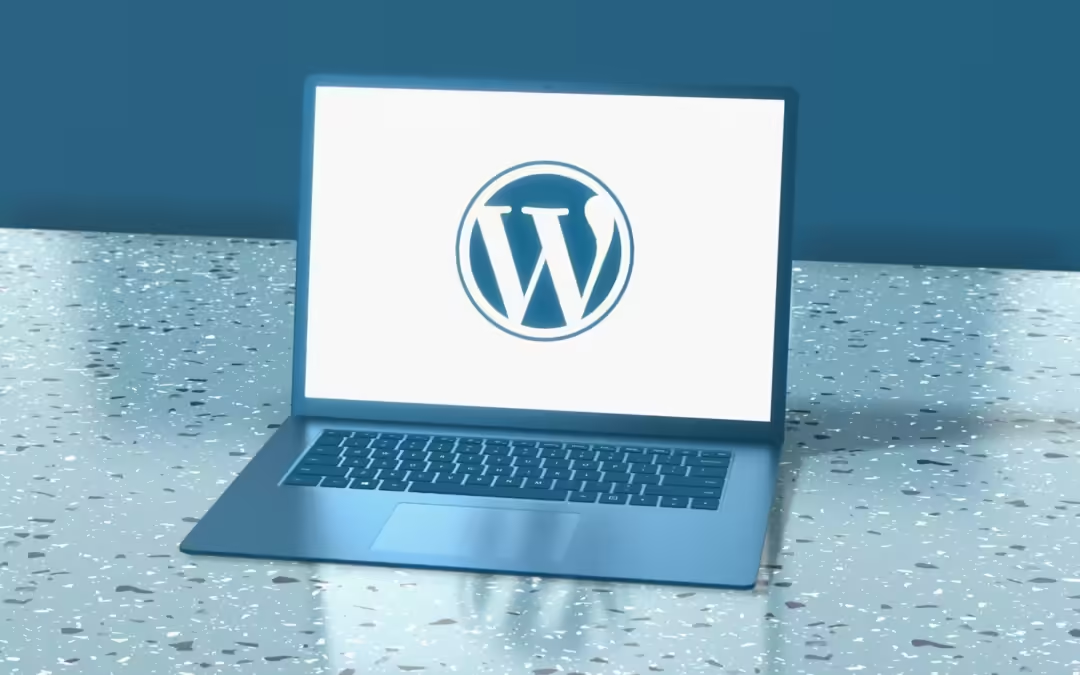Share the post "How to Speed Up Your WordPress Site: Best Practices for 2024"
In 2024, the speed of your WordPress site is more crucial than ever. With users expecting instant load times and search engines prioritising fast websites, optimising your site’s performance can significantly impact your traffic and conversions. Here are the best practices to speed up your WordPress site and ensure a smooth, lightning-fast user experience.
1. Choose a High-Performance Hosting Provider
The foundation of a fast WordPress site is a reliable and high-performance hosting provider. Your hosting provider should offer excellent uptime, robust server resources, and scalability.
- Actionable Tip: Opt for managed WordPress hosting services like SiteGround, Kinsta, or WP Engine, known for their speed and reliability.
2. Use a Lightweight Theme
Themes play a significant role in your site’s speed. Heavy themes with excessive features can slow down your site. Choose a lightweight, speed-optimised theme to improve performance.
- Actionable Tip: Consider using themes like Astra, GeneratePress, or Neve, which are designed for speed and performance.
3. Implement Caching
Caching stores static versions of your site, reducing the load on your server and speeding up page load times. Use both browser and server-side caching to maximise benefits.
- Actionable Tip: Install caching plugins like WP Rocket, W3 Total Cache, or WP Super Cache to enable effective caching.
4. Optimise Images
Large images can significantly slow down your site. Optimising images reduces their file size without compromising quality, enhancing your site’s speed.
- Actionable Tip: Use plugins like Smush or ShortPixel to automatically compress and optimise images.
5. Minify CSS, JavaScript, and HTML
Minification reduces the size of your site’s CSS, JavaScript, and HTML files by removing unnecessary characters, thus speeding up load times.
- Actionable Tip: Use plugins like Autoptimize or WP Rocket to minify and combine your files.
6. Enable Lazy Loading
Lazy loading defers the loading of images and other media until they are about to appear in the viewport. This technique can significantly improve initial load times.
- Actionable Tip: Enable lazy loading through plugins like Lazy Load by WP Rocket or by adding the
loading="lazy"attribute to your images.
7. Use a Content Delivery Network (CDN)
A CDN distributes your site’s content across multiple servers worldwide, ensuring faster load times for users by serving content from the server closest to them.
- Actionable Tip: Integrate a CDN service like Cloudflare, KeyCDN, or BunnyCDN with your WordPress site.
8. Limit Plugins and Keep Them Updated
Too many plugins can slow down your site. Regularly review and deactivate or delete any unnecessary plugins and keep the essential ones updated.
- Actionable Tip: Conduct a plugin audit every few months to ensure you only use necessary and well-maintained plugins.
9. Optimise Your Database
Over time, your WordPress database can become cluttered with unnecessary data, slowing down your site. Regular optimisation keeps your database clean and fast.
- Actionable Tip: Use plugins like WP-Optimize or WP-Sweep to regularly clean up your database.
10. Utilise Gzip Compression
Gzip compression reduces the size of your files, making them quicker to transfer from the server to the user’s browser, thereby speeding up your site.
- Actionable Tip: Enable Gzip compression via your hosting provider’s control panel or use a plugin like WP Rocket.
11. Reduce Server Response Time
A fast server response time is crucial for a speedy website. Your server response time should be under 200ms according to Google’s recommendations.
- Actionable Tip: Regularly monitor your server performance and discuss with your hosting provider if you notice any issues.
12. Implement Prefetching Techniques
Prefetching techniques, such as DNS prefetching, prerendering, and preloading, can help speed up your site by loading resources before the user actually needs them.
- Actionable Tip: Use plugins or manual settings to enable prefetching for key resources.
Improving your WordPress site’s speed is not just about enhancing user experience—it’s also about boosting your SEO and staying competitive in the fast-paced online environment of 2024. By following these best practices, you can ensure that your site is not only fast but also resilient, user-friendly, and ready to meet the demands of modern internet users. By implementing these tips, you can provide a seamless experience for your visitors, reduce bounce rates, and increase engagement. Stay proactive about your site’s performance, regularly review your optimisation strategies, and keep abreast of the latest developments in web performance to maintain a speedy and efficient WordPress site.
Share the post "How to Speed Up Your WordPress Site: Best Practices for 2024"
Jason Boyd
Jason is a dedicated WordPress specialist with extensive experience in building, customising, optimising, maintaining, and managing WordPress sites. His journey with WordPress began in the early 2000s, providing him with a deep understanding of the platform's evolution.
Jason has worked on various projects, from personal blogs to complex websites for large government bodies. He is actively involved in the WordPress community, contributing as a developer and commentator, which keeps him updated with the latest trends and technologies.
A notable highlight of his career was serving as an Invited Expert with the World Wide Web Consortium (W3C) for three years, allowing him to influence web standards and apply that knowledge to his WordPress projects.




